
Review on Smart Home Timer Delay Relay Module – Dual MOS Delay Control Board with Digital Tube Display 🏠 – DC 5V 12V 24V On Off Timer Module Trigger Cycle – Enhanced with Protective Shell for Automatic Control by Braden Bowers

Works as expected, good for home automation devices
This little timer module comes in handy for a lot of things. I really didn't need a guide for anything. I had 1 problem with it. The plastic case has the wrong part. See third and fourth picture. A short side was done wrong. It was too long and the cable hole too small. With a bit of sawing I matched it to the rest of the body and the correct hole size. Functional extensions: The timer uses a MOSFET directly at its output. This is good or bad depending on the application1. If you need to control something and electrically disconnect it from the timer, you need to use a relay connected to the output. For devices powered by the same source as the timer, MOSFET.2 can be used directly. If you need more than 30V DC then again you need a relay as FETs are good up to 30V3. The specs say 15 amps. I'm hesitant to go higher than 10 amps continuously. MOSFETs are small and the terminal block is likely to overheat and melt at 15 amps.4. Typical MOSFET switching in this type of application is done by connecting and disconnecting ground instead of +V. This may or may not be a problem for your application.5. A small relay on the output would cost very little and would be a much better option as it would be electrically isolated from the timer and would operate on DC or AC power. At low voltage of 5-30 VDC and lower current (10 amps or less) and you don't care if you cut ground instead of +V, then this timer is pretty useful on its own. For any other use you really need an external relay.
- Consistent test results
- Could have chosen a newer model
New products
Comments (0)
Top products in 🏠 Home Automation Devices
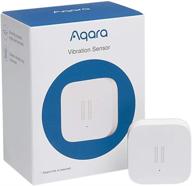
🔘 Aqara Vibration Sensor: Zigbee Connection, Wireless Glass Break Detector for Alarm System & Smart Home Automation. Requires Aqara Hub, Apple HomeKit Compatible, Works with IFTTT.

9 Review

🔘 BroadLink Smart Button: 3 Way Dimmer Switch Control with IFTTT and Alexa, Wireless Home Automation Hub Included

9 Review
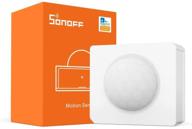
SONOFF SNZB-03 ZigBee Motion Sensor: Wireless 🔦 Alerts and Light Trigger with SONOFF Zigbee Bridge

9 Review

🏠 Aeotec Smart Home Hub: The Ultimate SmartThings Hub and Z-Wave Zigbee Gateway with Alexa, Google Assistant, and WiFi Compatibility

9 Review
Another interesting products
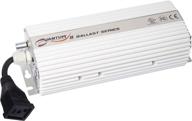
💡 Hydrofarm Quantum QT400 Dimmable Ballast for 400W Grow Lights

5 Review

⚡️ Sunpark LC-12014T (1) FC12T9 32W Circline (1) 2D 38W (1) FC16T9 40W Circline (1) FC9T9 30W Circline Lamp Compact Electronic Fluorescent Ballast with Circline Lamp Plug 120V

7 Review
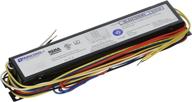
Robertson Worldwide ISL432T8HEMV AH 3P20160 120-277V 50-60Hz High Power Factor 4 F32T8 Linear Lamp Fluorescent eBallast

6 Review
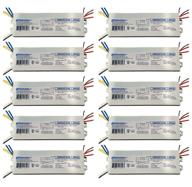
🔌 Robertson 2P20132 Quik-Pak: 10 Fluorescent eBallasts for 2 F40T12 Linear Lamps, Preheat Rapid Start, 120Vac, 50-60Hz, Normal Ballast Factor, NPF, Model RSW234T12120 /A (Crosses to RSW240T12120 /B)

4 Review

